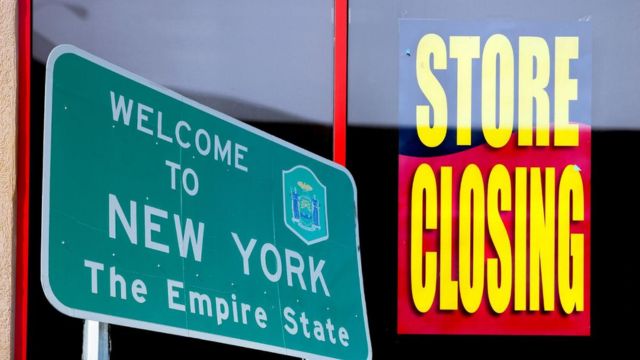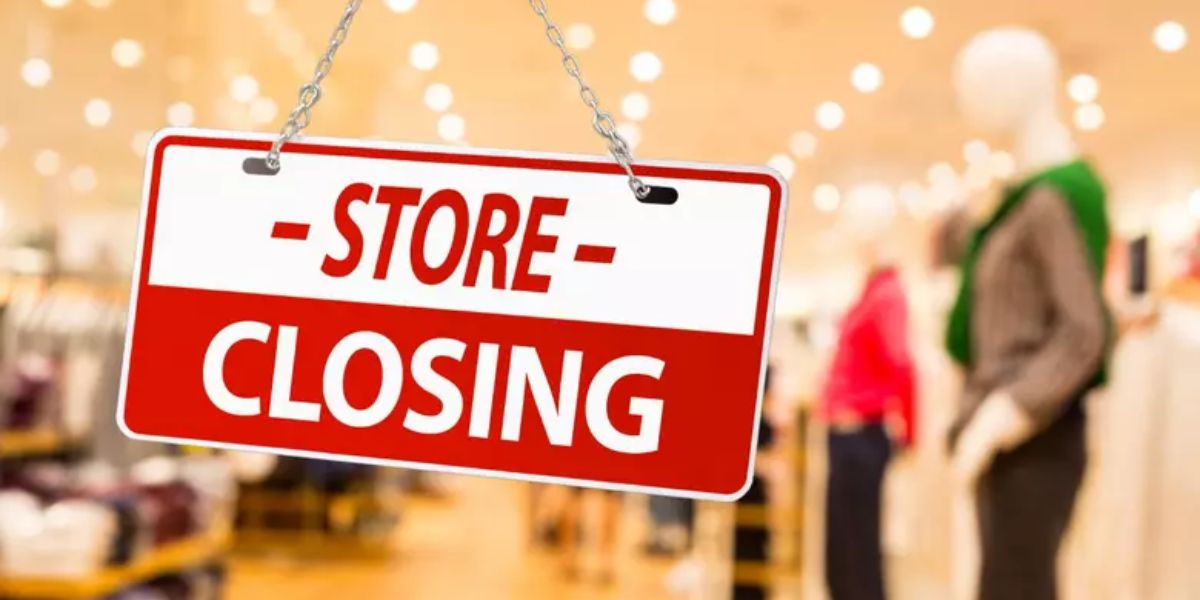In recent months, New York has seen a series of closures by national retailers, and the trend continues as another well-known chain announces the shuttering of several of its locations, including one in the Empire State.
This marks another setback for the city’s retail sector, which has been grappling with changing consumer habits, economic uncertainty, and the ongoing impact of the pandemic.
The chain, which has not been named publicly in initial reports, is the latest in a long line of national retailers to close its doors in New York City. The closure of the New York store, located in a busy retail district, is likely to impact both employees and shoppers who have relied on the store for goods and services.
Impact on Local Economy and Jobs
The closure of a popular national chain store in New York may not only affect the immediate shopping experience but also have wider repercussions on the local economy. Retail closures are a growing concern, as they often result in job losses, decreased foot traffic in shopping areas, and empty storefronts that can affect nearby businesses.
For employees, the closure of the store means the loss of jobs, and many are left searching for new employment opportunities in an already competitive job market. For local businesses that rely on the constant flow of customers, the closure of a nearby large retail store can reduce the number of people visiting the area, ultimately affecting sales.
Challenges Facing Retail Chains

The closure of national retail stores in New York is part of a larger trend in which many big-box retailers, department stores, and other chains have been forced to shut down locations across the country. Several factors are contributing to these closures:
- Changing Consumer Shopping Habits: More consumers are opting for online shopping rather than visiting physical stores. E-commerce giants like Amazon have grown exponentially, and many national chains have struggled to compete with the convenience and prices of online shopping platforms.
- Economic Pressures: Inflation, rising costs, and supply chain issues have made it difficult for many retailers to maintain their profitability. Some chains have found it hard to manage rising operational costs while also appealing to price-conscious consumers.
- Pandemic Aftereffects: The COVID-19 pandemic accelerated the shift toward online shopping, and even as businesses have reopened, many shoppers remain hesitant to return to in-store visits. As a result, retailers have had to reassess the viability of maintaining large, expensive storefronts.
- Shifting Retail Landscape: In addition to online competition, retailers are rethinking their brick-and-mortar strategies, closing unprofitable locations, and focusing on smaller, more manageable stores that align with current consumer needs.
The Future of Retail in New York
Bronx Grocery Stores See Surge in Shoppers Before Snowstorm Hits
While the closure of another national chain store is a blow to New York’s retail scene, it’s not all bad news. Some areas of the city are experiencing a retail renaissance, with new businesses—especially in the food, wellness, and experiential sectors—continuing to open.
New York’s retail landscape is changing, and many experts believe that the city’s economy will adapt by embracing new types of stores, services, and experiences. The trend toward smaller, more specialized stores, pop-up shops, and lifestyle brands is helping to keep retail vibrant in the city’s neighborhoods.
Additionally, some large national chains are adjusting their strategies by investing more in their digital and omnichannel operations, ensuring that customers can still shop from the comfort of their homes while still offering in-store experiences.
The closure of another national chain store in New York highlights the ongoing challenges facing the retail sector, with shifting consumer habits and economic pressures playing a large role in these decisions. While the loss of these locations may be felt by local employees and consumers, New York’s retail environment is far from static.
The city will continue to evolve with new businesses and innovative retail concepts filling the gaps left by traditional stores. As national chains rethink their strategies, the city’s commercial landscape is sure to reflect the changing needs and preferences of the modern consumer.




